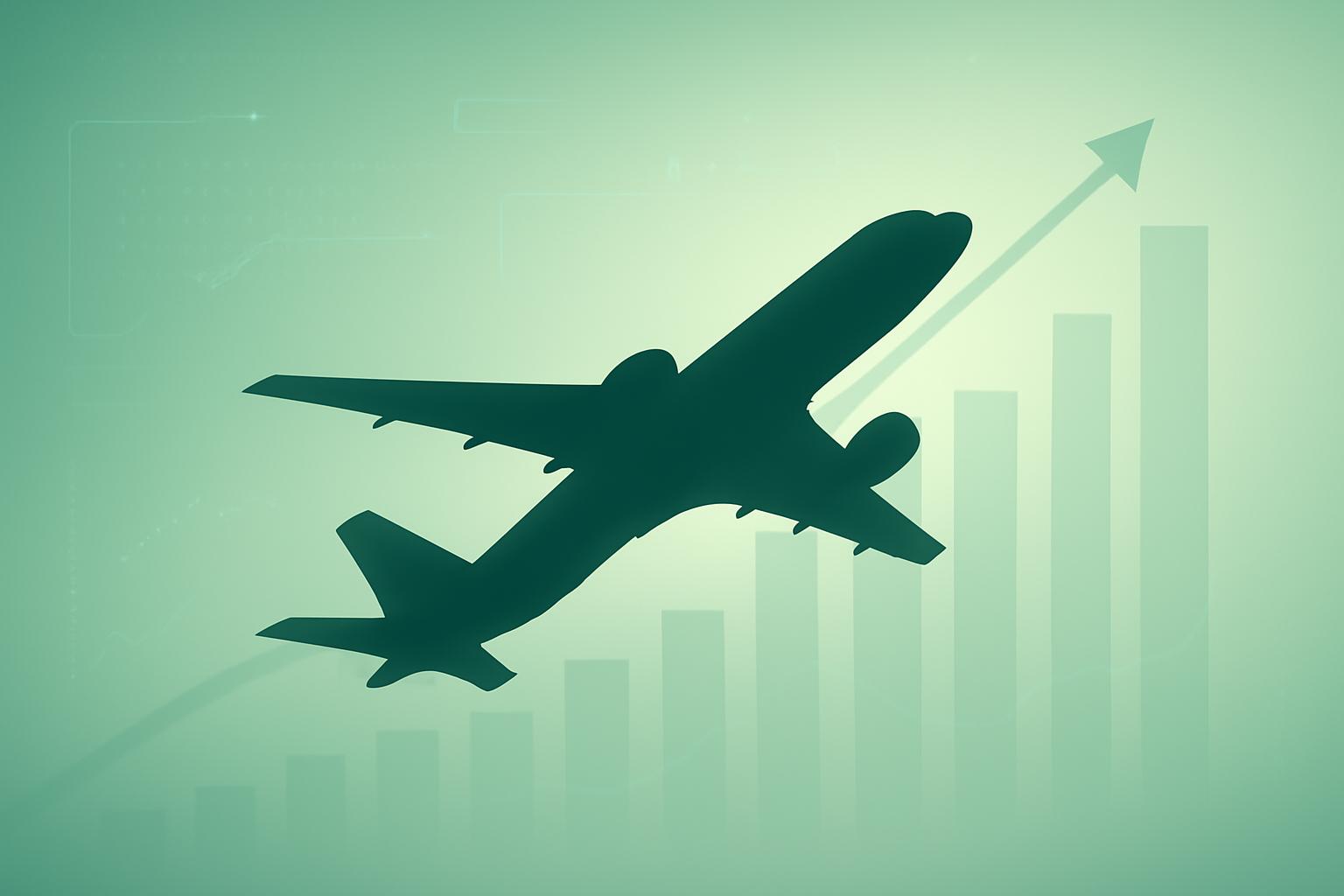United Airlines Pursues Aggressive Growth Strategy Despite Industry Headwinds
United Airlines is positioning itself for expansion even as many U.S. carriers slow growth amid an oversupplied flight market and downward pressure on fares. CEO Scott Kirby told CNBC in an interview from Newark Liberty International Airport that United’s strategy is yielding results because of its differentiated product offerings, network strength, and technological enhancements.
According to aviation data firm Cirium, United plans a 5.7% increase in domestic capacity for 2025 compared to 2024. This growth rate notably exceeds the industry average, where competitors like Delta Air Lines and American Airlines are expanding by approximately 3%, and Southwest Airlines by 1.4%.
Kirby emphasized the importance of brand loyalty in weathering economic fluctuations. “If you’re a brand loyal airline, you’re resilient, even in a downturn,” he said, referencing the consumer caution earlier this year amid fluctuating tariffs and economic uncertainty. He expressed confidence that United’s fourth-quarter results would reflect the benefits of its approach once the economy improves.
Focus on Customer Experience and Technology
United’s expansion is supported by investments in customer experience, including onboard Bluetooth connectivity, seat-back screens, and an enhanced mobile app. The airline is also progressing on a fleet-wide interior refresh for its narrow-body Airbus and Boeing aircraft, with about two-thirds of the retrofit plan completed since its launch in 2021.
This focus aligns with broader industry trends where carriers are upgrading cabins and increasing premium seating options. Delta Air Lines, for example, recently announced plans to offer a record number of premium seats in 2026, highlighting the growing revenue importance of non-economy cabins and loyalty programs.
Industry Challenges and Critique of Ultra-Low-Cost Model
Kirby expressed skepticism about the sustainability of the ultra-low-cost carrier model in the U.S., citing Spirit Airlines’ second Chapter 11 bankruptcy filing within a year as evidence. At a recent industry event, he predicted Spirit’s potential exit from the market, underscoring his view that such business models are financially untenable.
United’s strategic emphasis on differentiated service and technology contrasts with competitors that treat air travel as a commodity, a factor Kirby identifies as key to attracting and retaining customers.
Outlook
United Airlines is scheduled to release its third-quarter earnings and fourth-quarter guidance in mid-October. Investors and industry watchers will closely monitor whether the company’s growth strategy continues to translate into financial resilience amid ongoing market pressures.
FinOracleAI — Market View
United Airlines’ decision to expand capacity more aggressively than peers signals confidence in its differentiated customer proposition and brand loyalty. This strategy could position United well for market share gains as the economy recovers. However, risks remain from macroeconomic uncertainties and competitive pressures, particularly from ultra-low-cost carriers despite recent bankruptcies.
Investors should watch upcoming earnings for confirmation of sustained demand and margin improvement, as well as progress on the cabin upgrade program, which supports premium revenue growth.
Impact: positive













